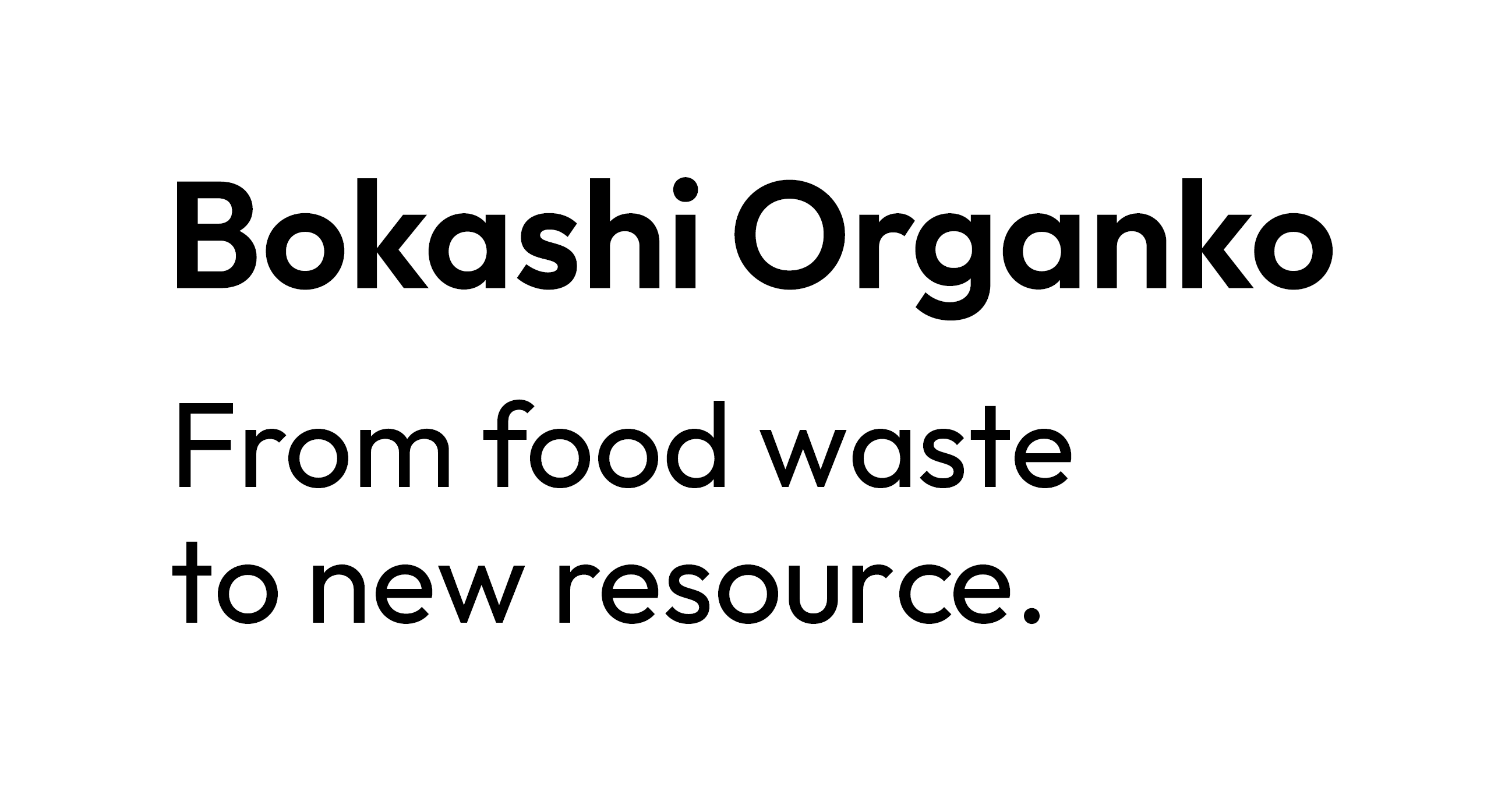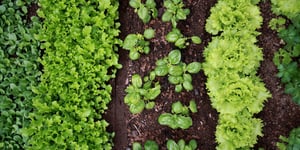Since it reduces bio-waste volume by 25%, home composting can be a great way to lower the amount of food leftovers your household produces significantly. These practices are proven to greatly impact the environment as they contribute towards a more sustainable bio-waste management in society as a whole. Once the fermentation process is over, you can choose to dump the bokashi mass into the bio-trash simply can and start loading a new one.
An even better solution would be to use bokashi mass to fertilize your garden soil or balcony plants. There are numerous ways how to bokashi compost and manage the fermentation mass once the process is over. If you compost your leftovers regularly, it should yield approximately ten liters of fresh compost every three weeks. These amounts will allow you to produce beneficial soil on a larger scale, enough to satisfy the needs of a bigger garden.
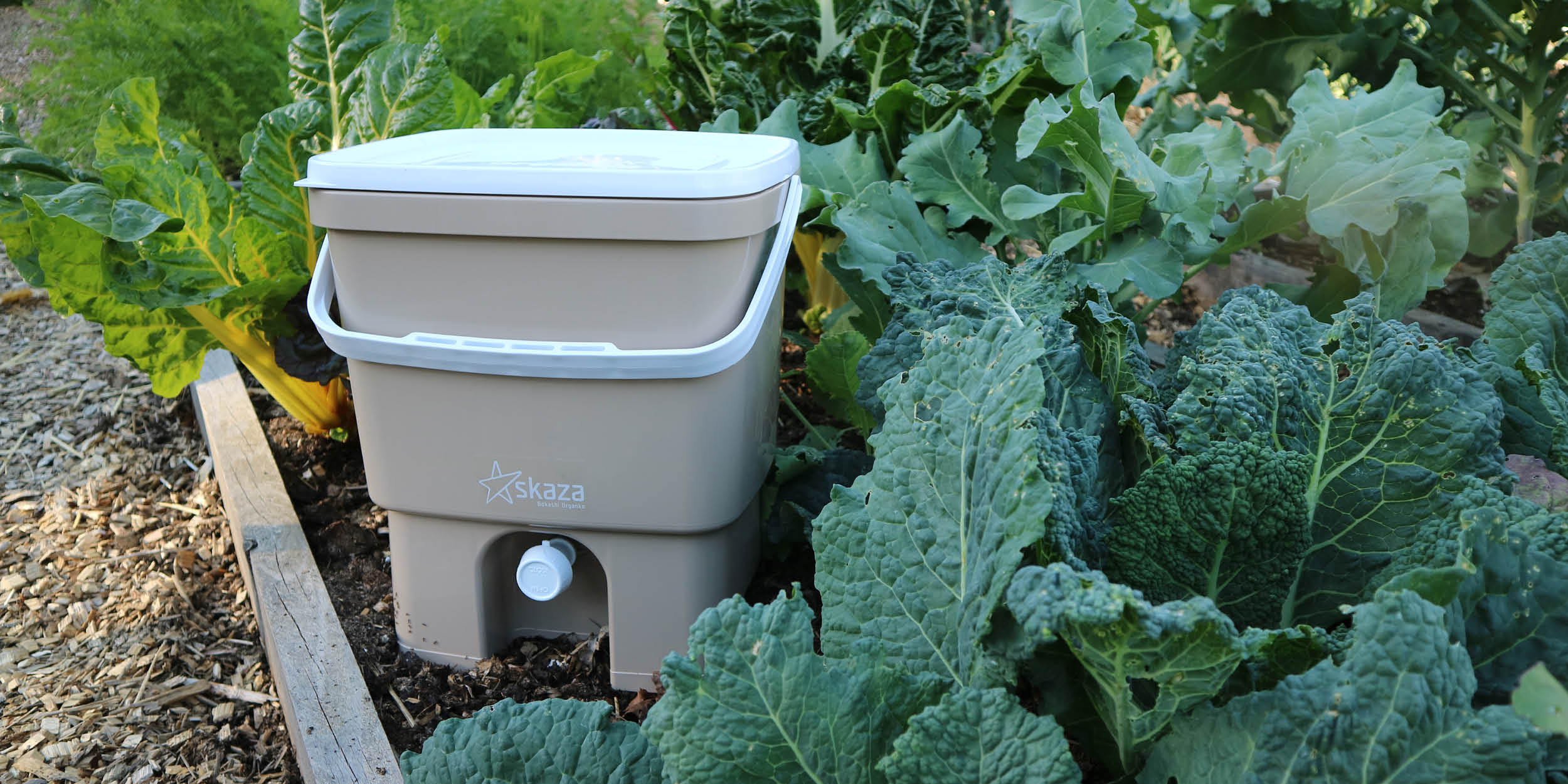
How to bokashi compost regularly and what do I need?
The process we are about to describe takes about 2-3 months. Besides the bokashi mass you get from regularly loading up your Bokashi Organko composter, you will also need:
- garden soil,
- miscanthus, or finely chopped straw, or coconut peat,
- compost mass or partially decomposed compost,
- 20 liters of water,
- something to cover the compost (hay or straw, foil, tarpaulin, etc.),
- and a low outdoor composter.
The best time to start this project is spring since you can continue your work uninterruptedly through the whole summer and fall. In the winter nature takes its well-deserved rest and so should the compost.
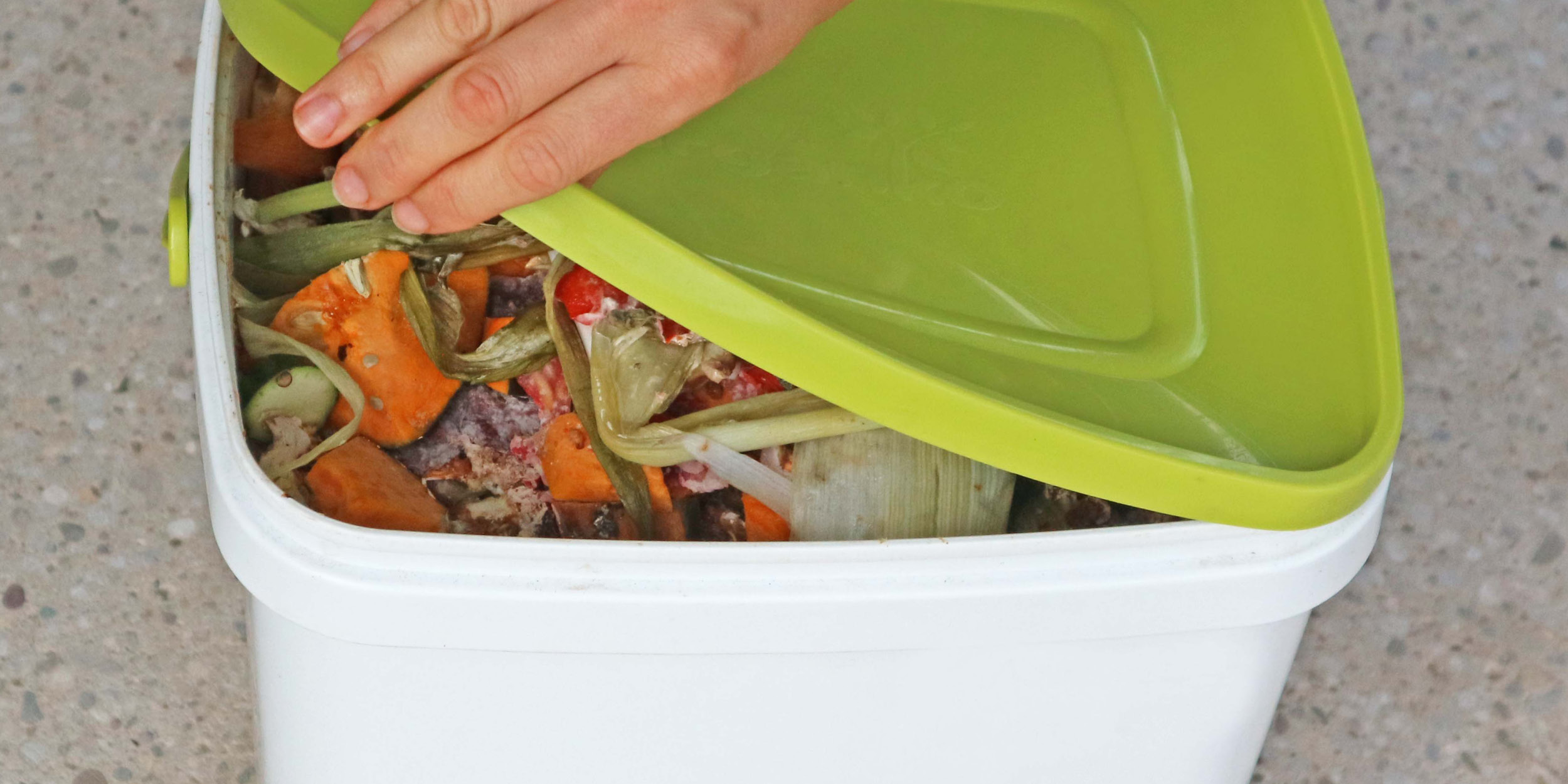
Step 1: Prepare a low outdoor composter
Those who know how to bokashi compost will tell you not to overthink it. You should place your compost in the proximity of the raw material source listed above, which will make the entire process much easier for you. We recommend building a lower composter (50 to 60 cm high), allowing you to easily add and mix materials since you will have to do it regularly. You can use low metal grates, prefabricated composters, or even simple wooden boards of a suitable height. Shade is recommended but not necessary.
Step 2: Gather the materials and make a base
You will need chopped straw (miscanthus would be great, but other dry material will do just fine), soil and at least partially decomposed compost mass. Start with a total of about 50 liters of material diluted with 20 I of water. This will give be base you will gradually add fermented mass from Bokashi Organko to.
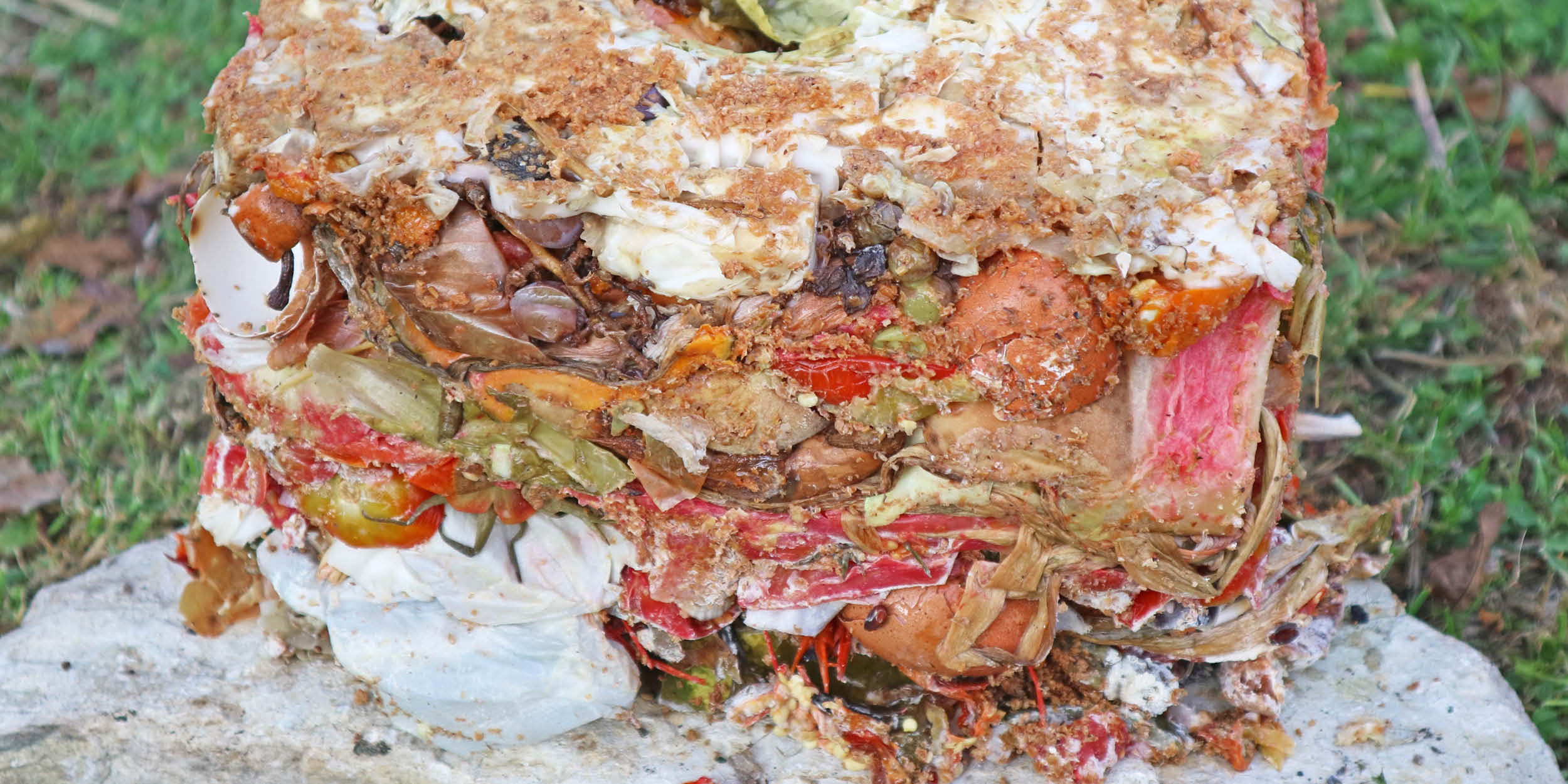
Step 3: Add bokashi mass into the mix
This is the main step of the "how to bokashi compost" manual. Once the fermentation process in the Bokashi Organko composter runs its course, you can mix the bokashi mass to the base in the outdoor composter you just prepared. Make sure it is well distributed and completely covered with soil to maintain moisture. However, there is a limit to how much water should be in the composter. In case of a long rain period, we recommend covering it with a lid or a foil.
Step 4: Use the enriched soil
In a matter of a few weeks (generally in 2-3 months, but can be much quicker), all the material we initially put in the composter as a base will turn into a dark brown matter that you can then use to enriched soil in your garden. You can just simply scatter it across the garden billets and the crops will absorb its beneficial substances.
However, don't use all of it at once! Leave enough material in the composter. You will need it as a base to add more bokashi mass in the next step and repeat the process. Don't forget to add an appropriate amount of straw. The recommended ratio of material already in the base and fresh bokashi mass is 3 to 1.
And that's it. Hopefully, this post answered all your questions about how to bokashi compost on a larger scale.

